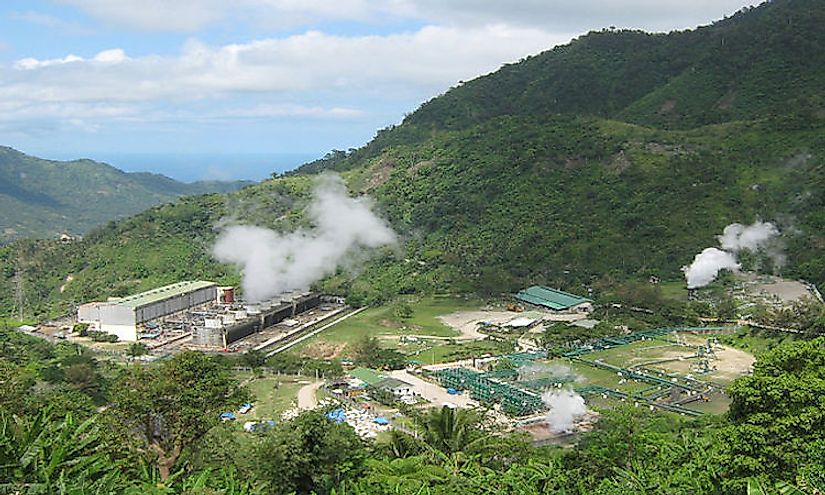The Economy Of Philippines

The Philippines has a mixed economy with privately-owned businesses regulated by government policy. It is considered a newly industrialized economy and emerging market, which means it is changing from an agricultural-based economy to one with more services and manufacturing. The economy here is the 36th largest in the world and the 3rd largest of the Association of Southeast Asian Nations (ASEAN).
In 2019, its nominal gross domestic product (GDP) was $356 billion and the GDP per capita was $3,280, as per the IMF. This country has a workforce of 64.8 million and an unemployment rate of 4.7%. According to the Philippines Statistics Authority, of these employed individuals, 55.9% work in the services sector. This is followed by agriculture (26%) and industry (18.1%).
Leading Industries Of The Philippines
The leading industry of the Philippines is the services sector which contributes 55.9% of the GDP. Industry, although only providing 18.1% of employment, contributes around 33.48% of the GDP. Agriculture only provides 9.49% of the GDP. The leading manufactured goods include: electronics assembly, chemicals, food manufacturing, shipbuilding, textiles, fishing, petroleum refinery, and business process outsourcing.
Top Export Goods And Export Partners Of Philippines
According to the OEC, the Philippines exported $99 billion worth of goods. Its principal exports include: integrated circuits ($32.2 billion), office machine parts ($10 billion), computers ($5.19 billion), semiconductor devices ($3.34 billion, and insulated wire ($2.42 billion). A large percentage of its exports go to the following countries: China ($20 billion), Hong Kong ($14.8 billion), the US ($13 billion), Japan ($11.4 billion), and Germany ($5.3 billion).
Top Import Goods And Import Partners Of Philippines
Imports to the Philippines totaled $105 billion. Its major imports include integrated circuits (11%), refined petroleum (5.4%), and cars (4.5%).
Challenges Faced By The Economy Of The Philippines
Although this economy is predicted to be the 16th largest by the year 2050, it does face some significant challenges. Its growth is hindered by underdeveloped infrastructure and widespread poverty. Additionally, many people here rely on remittances from family living abroad, which means that if the economic situation of Filipinos living abroad declines, remittances will also decrease. This country also has a significant problem with government corruption, a fact that hinders the potential for maximum private foreign investment. Without foreign investment, this country is not able to keep up with its rapid population growth.
Future Economic Plans
Part of the future economic plans of the Philippines includes increasing employment opportunities throughout the country. Not only does this increase residents’ purchasing power, thus driving the economy, but it also increased government income in the form of taxes. An increase in taxes would allow the government to increase its budget and invest in infrastructure projects of both transportation and communication. Some economists suggest that the Philippines should look to expand its international relations as well, to increase its number of export partners.











